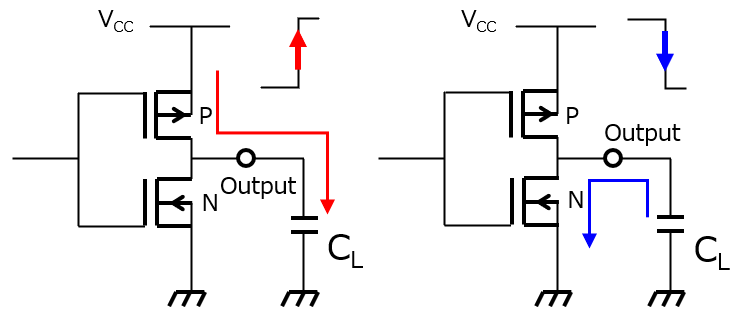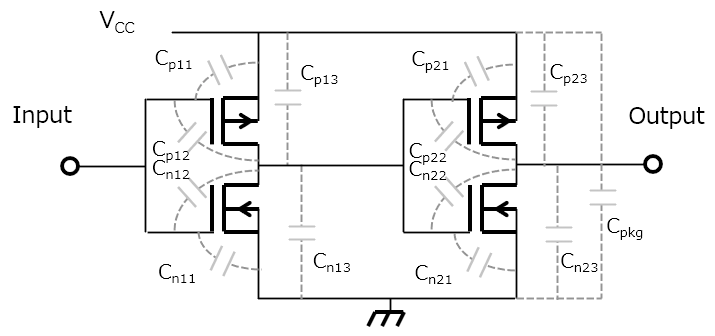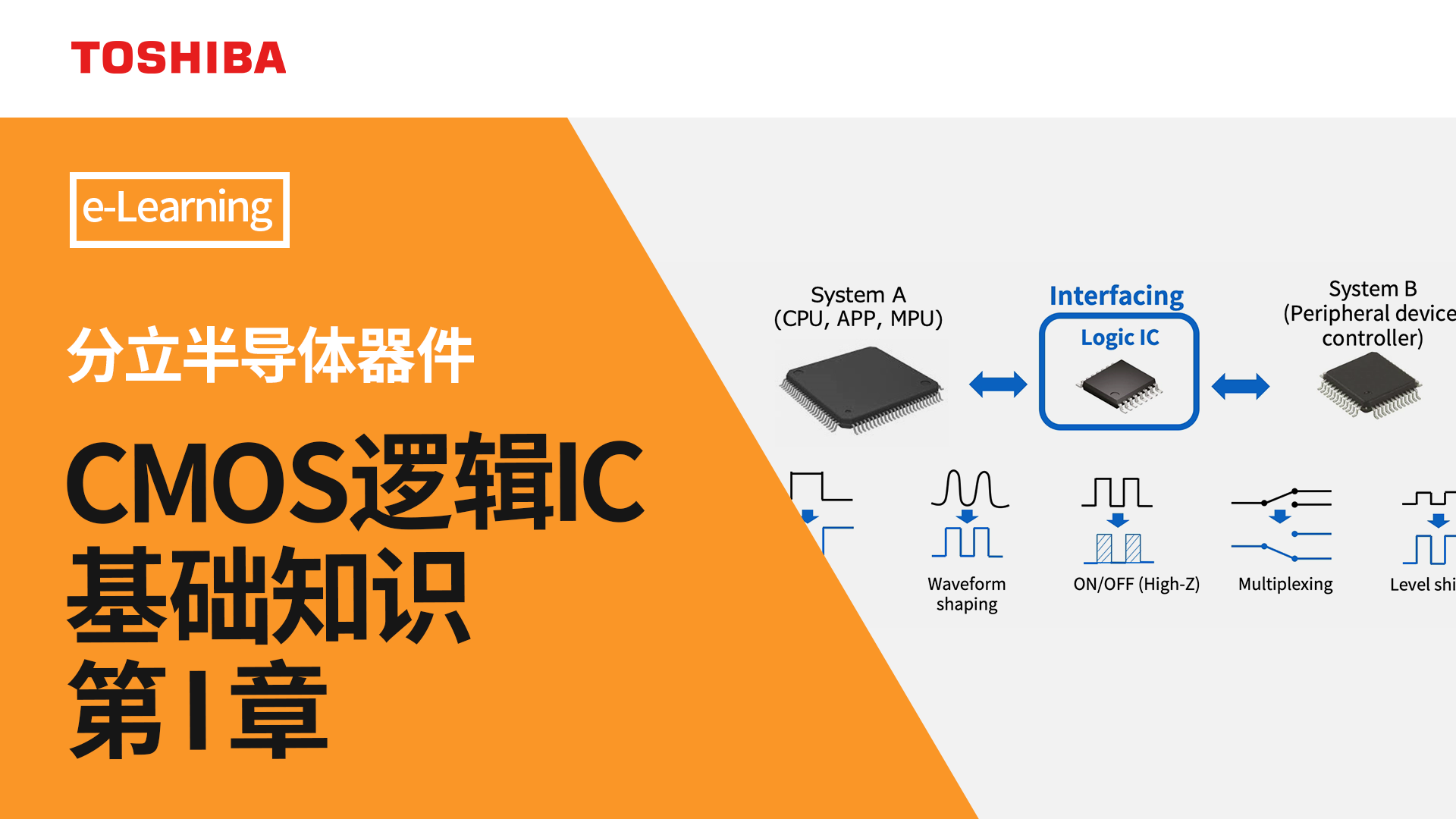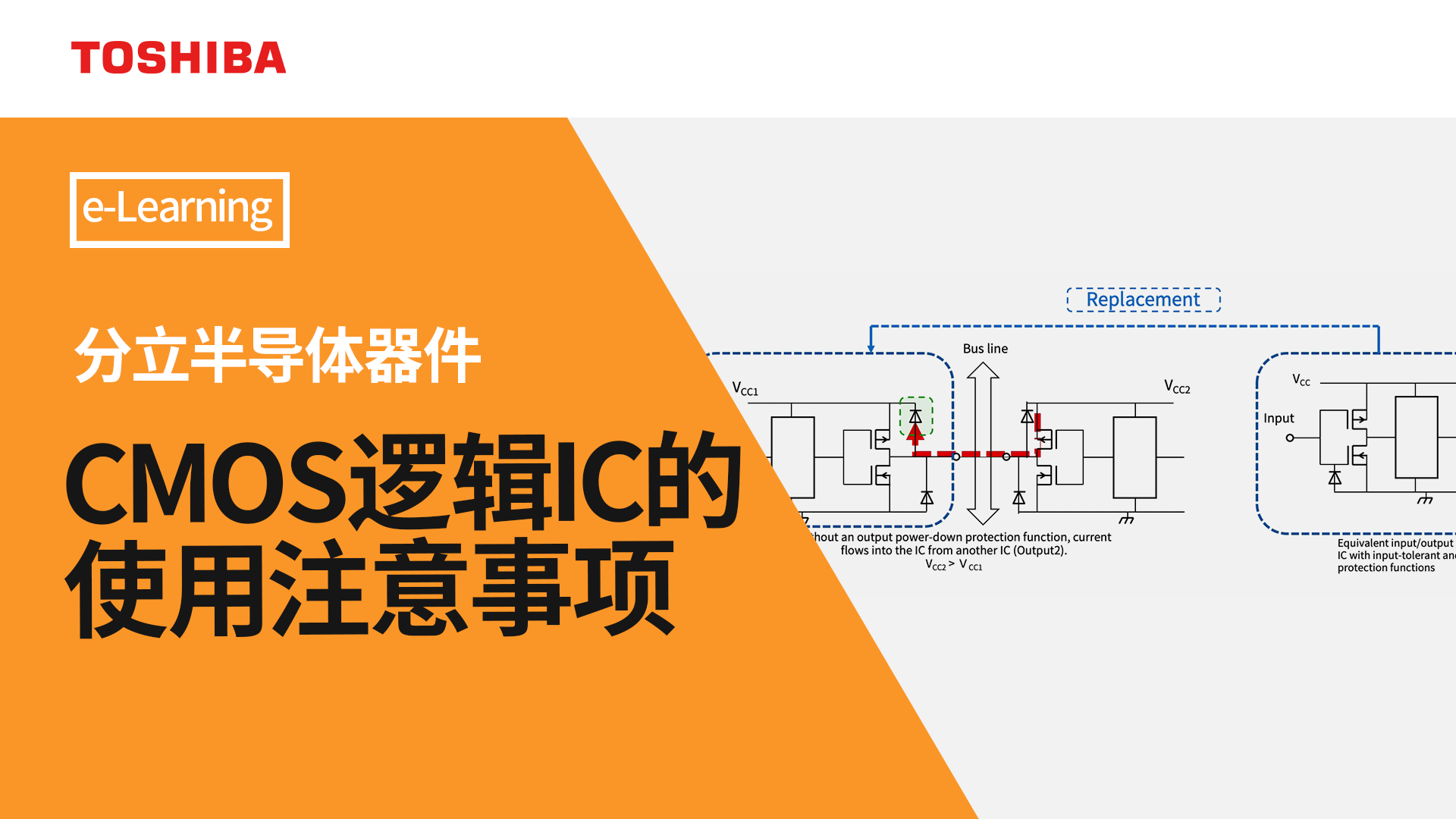- 型号 & 关键词搜索
- 交叉搜索
- 参数搜索
- 库存查询与购买
This webpage doesn't work with Internet Explorer. Please use the latest version of Google Chrome, Microsoft Edge, Mozilla Firefox or Safari.
请输入3个以上字符 Search for multiple part numbers fromhere.
The information presented in this cross reference is based on TOSHIBA's selection criteria and should be treated as a suggestion only. Please carefully review the latest versions of all relevant information on the TOSHIBA products, including without limitation data sheets and validate all operating parameters of the TOSHIBA products to ensure that the suggested TOSHIBA products are truly compatible with your design and application.Please note that this cross reference is based on TOSHIBA's estimate of compatibility with other manufacturers' products, based on other manufacturers' published data, at the time the data was collected.TOSHIBA is not responsible for any incorrect or incomplete information. Information is subject to change at any time without notice.
请输入3个以上字符
如何计算通用逻辑IC的功耗?
可通过获取静态电流和动态电流,然后将该电流乘以施加到IC的电压来计算通用逻辑IC的功耗。
可将上述电流乘以施加至IC上的电压以得出功耗。
静态功耗:PS
尽管通用逻辑IC为静态(即其输入信号保持不变),除了流经内部反向偏置pn结的微小漏电流(称为静态供电电流,ICC)外,几乎无电流流过。静态功耗为ICC乘以供电电压。
PS=VCC×ICC
VCC:施加至逻辑IC的电压
ICC:数据表中显示的静态供电电流
动态功耗
动态供电电流是在通用逻辑中流动的电流,而其输入在高与低之间转换。此电流在电容充电和放电期间流动。需同时考虑寄生电容(内部等效电容)和负载电容。将此电流乘以施加至P沟道或N沟道MOSFET的电压,即可得出动态功耗。这里为简单起见,利用最大电流流过时的VCC值计算功率。
由于负载电容(CL)产生的动态功耗:PL
PL功耗在外部负载充电和放电时产生,如图1所示。
负载电容上存储的电荷量(Q)按下式计算:
QL=CL×VCC
CL:负载电容
假设输出信号频率fOUT(=1/TOUT)。则可用下式表示平均电流(IL):
IL=QL / T=CL * VCC * fOUT
因此,动态功耗(PL)为:
PL=VCC * IL=CL * VCC^2 * fOUT
如果一个IC有多个输出,则其动态功耗可按下式计算:
PL=VCC^2 * Σ (CLn* fOUTn)

具有等效内部电容CPD的动态消耗功率:PPD
通用逻辑IC具有各种寄生电容,具体如图2所示。这些电容等效地表示为CPD。(实际上,CPD是根据零负载条件下相对高频(1MHz)下的功耗计算得出的。)PPD是IC的等效电容产生的功耗,可按与PL相同的方式加以考虑。但请注意,PPD是按输入频率(fIN)计算得出的:
PPD=VCC * IL=CPD * VCC^2 * fIN

总功耗:PTTL
可通过静态功耗(PS)和动态功耗(PL+PPD)的总和,得出总功耗(PTTL):
PTTL=PS+PL+PPD
相关链接
以下文档也包含相关信息。




